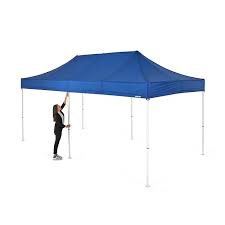Contracts for Difference (CFDs) have rapidly grown in popularity among traders, offering a dynamic yet flexible way to engage with the financial markets. But what exactly are cfd trading and how can they benefit traders? This article breaks down the fundamentals to help you understand this trending Trading instrument.
What Are CFDs?
CFDs, short for Contracts for Difference, are financial derivatives that allow traders to speculate on the price movements of various assets without owning them. These assets can include stocks, indices, commodities, forex, or cryptocurrencies. When Trading CFDs, you’re entering a contract with a broker to exchange the difference in the price of an asset from the time the contract opens to when it closes.
For example, if you predict the price of a stock will rise, you can open a buy contract. If your prediction is correct and the stock’s price increases, you’ll profit from the price difference. Conversely, if the price falls, you’ll incur a loss.
How Do CFDs Work?
CFDs operate on the principle of leverage, meaning traders can open larger positions than their capital would allow in traditional Trading . Here’s a step-by-step overview of how CFDs work:
1.Choosing an Asset:
Select the asset you want to trade, whether it’s a popular stock, a forex pair, or even a commodity like gold or oil.
2.Speculating on Price Movement:
•
o
If you believe the price will go up, initiate a long (buy) position.
If you expect the price will drop, open a short (sell) position.
3.Leverage:
CFDs enable traders to use leverage, amplifying their exposure while requiring a smaller initial investment (called the margin). For instance, with 10x leverage, $1,000 in capital controls a $10,000 trade.
4.Profit or Loss Calculation:
The profit or loss is calculated based on the price difference of the asset during the contract. It’s crucial to remember that leverage magnifies both gains and losses.
5.Fees:
Most brokers charge a spread (the difference between buy and sell prices), along with potential overnight holding costs if positions remain open.
Why Are CFDs Popular?
CFDs have gained traction for several reasons:
•Accessibility:
They provide access to a wide range of markets, all from a single Trading account.
•Flexibility:
Being able to profit from both rising and falling markets offers traders more opportunities.
•No Ownership:
Unlike traditional investing, there’s no need to own the underlying asset (e.g., stocks or commodities).
Key Risks to Keep in Mind
While CFDs offer considerable advantages, they also come with risks:
•Leverage Risks:
While leverage can amplify profits, it also intensifies losses, potentially exceeding your initial investment.
•Market Volatility:
Prices can be volatile, and poor risk management can lead to significant losses.
•Fees:
Costs can accumulate over time, reducing profitability.
Final Thoughts
CFDs are a versatile Trading tool that can provide substantial opportunities when used wisely. However, understanding the mechanics, benefits, and risks is essential before venturing into this form of Trading . If you’re just starting, consider practicing with a demo account to refine your strategies before committing real capital to the markets. Always consult with financial experts and ensure your Trading aligns with your risk tolerance and financial goals.


